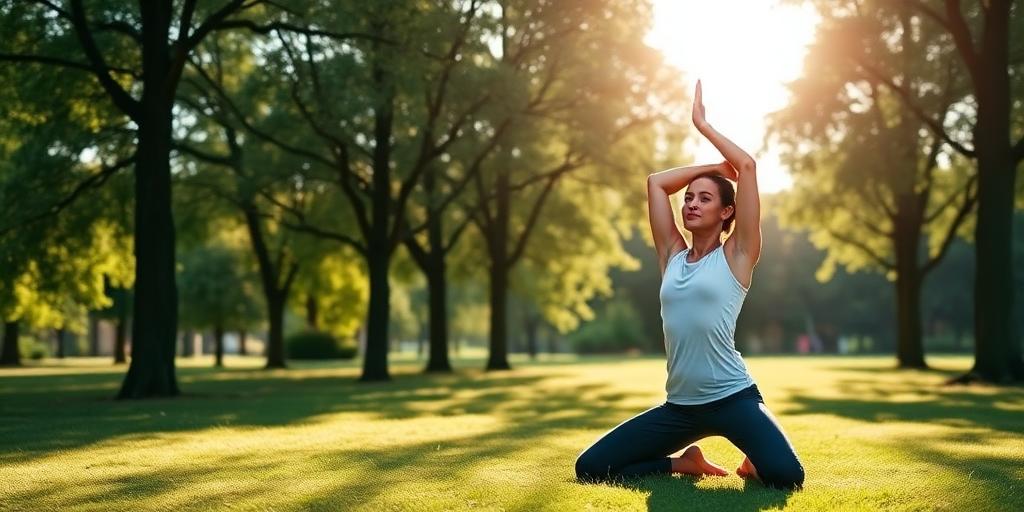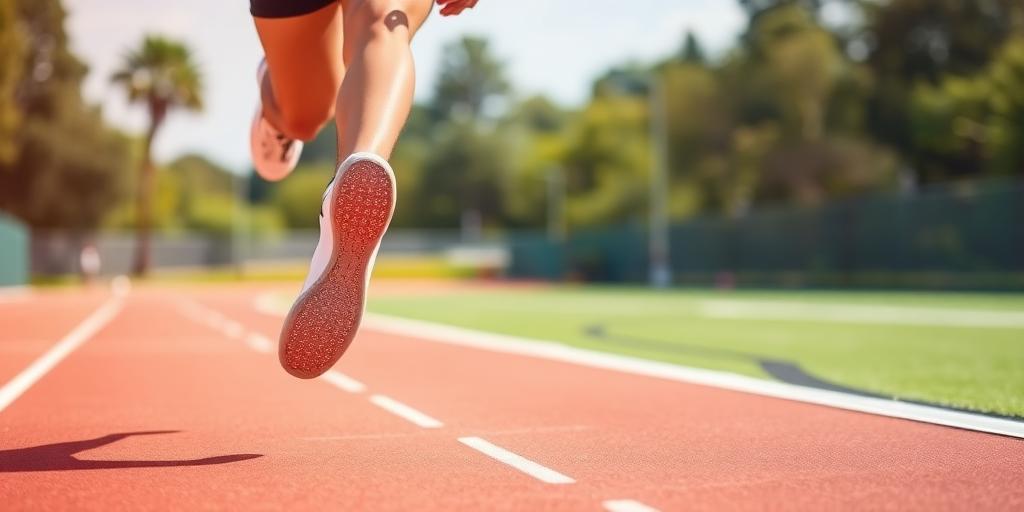Yoga Flow Sequences for Strength and Flexibility
Yoga is a holistic practice that combines physical postures, breathing techniques, and meditation to promote overall well-being. Yoga flow sequences, also known as Vinyasa, are dynamic series of poses that link movement with breath. These sequences not only enhance flexibility and strength but also improve cardiovascular health, reduce stress, and increase body awareness.
Benefits of Yoga Flow Sequences
Enhanced Flexibility: Regular practice of yoga flow sequences can significantly improve flexibility by stretching and lengthening muscles. Increased Strength: Many poses in yoga flow sequences require you to support your body weight, which helps build strength, especially in the core, arms, and legs. Improved Cardiovascular Health: The continuous movement in yoga flow sequences elevates the heart rate, providing a cardiovascular workout. Stress Reduction: The focus on breath and movement helps calm the mind, reducing stress and anxiety. Increased Body Awareness: Practicing yoga flow sequences enhances your awareness of your body's position in space, improving balance and coordination.
Popular Yoga Flow Sequences
Sun Salutations (Surya Namaskar): Sun Salutations are a fundamental yoga flow sequence that warms up the body and prepares it for more intense poses. There are several variations, but the basic sequence typically includes:
Mountain Pose (Tadasana) Raised Arms Pose (Urdhva Hastasana) Standing Forward Bend (Uttanasana) Halfway Lift (Ardha Uttanasana) Plank Pose (Phalakasana) Four-Limbed Staff Pose (Chaturanga Dandasana) Cobra Pose (Bhujangasana) or Upward-Facing Dog (Urdhva Mukha Svanasana) Downward-Facing Dog (Adho Mukha Svanasana)
This sequence can be repeated several times, with each repetition increasing body heat and flexibility.
Might Asana Flow: Warrior poses are excellent for building strength and stability. A Warrior series might include:
Warrior I (Virabhadrasana I) Warrior II (Virabhadrasana II) Reverse Warrior (Viparita Virabhadrasana) Extended Side Angle Pose (Utthita Parsvakonasana) Triangle Pose (Trikonasana)
This flow strengthens the legs, core, and arms while improving balance and focus.
Core Strengthening Flow: A strong core is essential for stability and balance. This flow focuses on engaging the abdominal muscles:
Boat Pose (Paripurna Navasana) Low Boat Pose (Ardha Navasana) Plank Pose (Phalakasana) Side Plank (Vasisthasana) Reverse Table Top Pose (Ardha Purvottanasana)
This sequence not only strengthens the core but also improves posture and spinal health.
Tips for Practicing Yoga Flow Sequences
Breathe: Coordinate your breath with your movements. Inhale as you expand and exhale as you contract. Listen to Your Body: Avoid pushing yourself too hard, especially when starting. Modify poses as needed. Stay Hydrated: Drink plenty of water before, during, and after your practice. Be Consistent: Regular practice is key to experiencing the full benefits of yoga flow sequences.
Conclusion
Yoga flow sequences offer a comprehensive approach to improving strength, flexibility, and overall well-being. By incorporating these sequences into your regular routine, you can enhance your physical health, reduce stress, and cultivate a deeper connection with your body.









